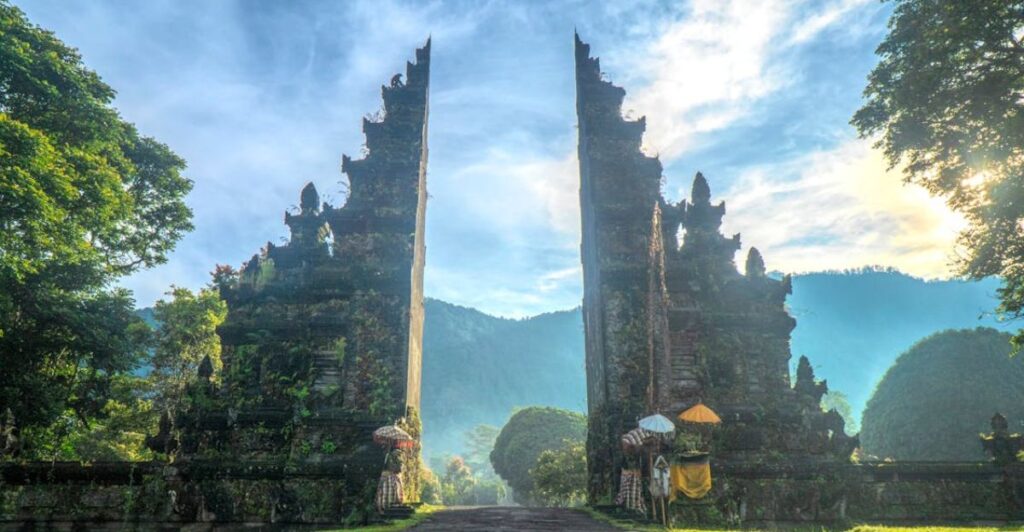
Imagine standing on a tropical island and looking across a narrow stretch of water to another island just a few miles away. You’d expect to find similar animals on both, right? But what if one island has elephants and tigers while the other has cockatoos and marsupials? This bizarre phenomenon is caused by an invisible boundary. So, let’s know more about it.
1. The Discovery of the Wallace Line
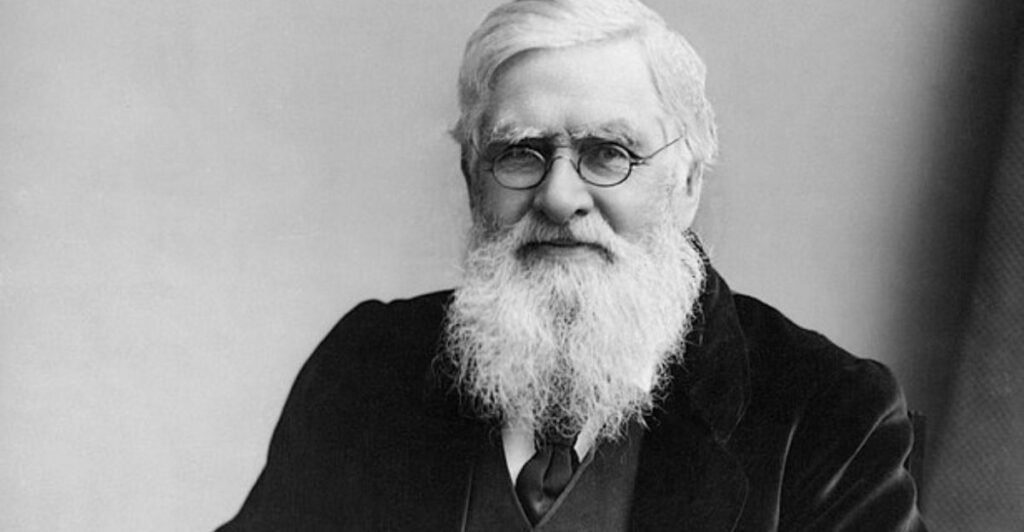
In 1854, Alfred Russel Wallace explored the Malay Archipelago, noticing distinct species on Bali and Lombok, just 20 miles apart. By 1859, he proposed the Wallace Line to explain this divide. It shaped biogeography and evolutionary biology by revealing how geographic boundaries influence species distribution.
2. The Exact Location of the Wallace Line
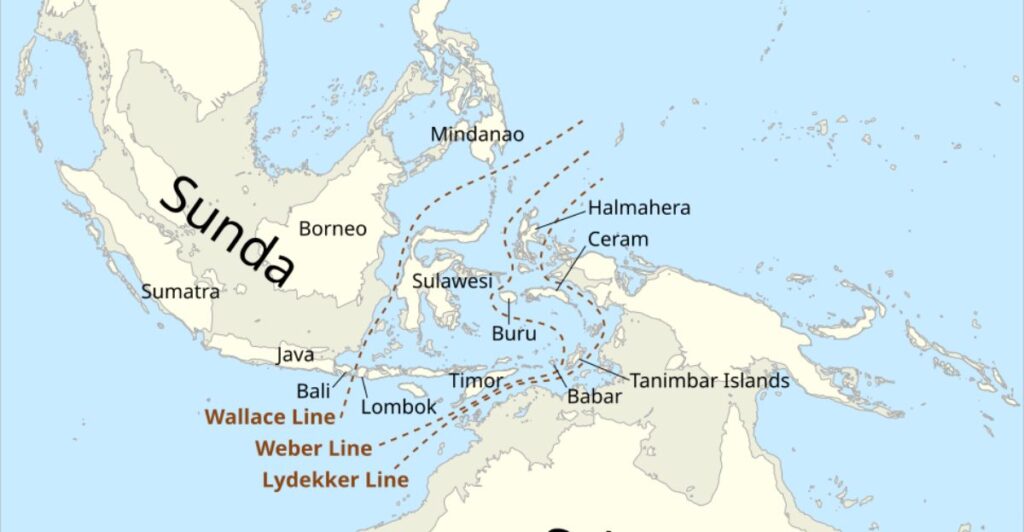
The Wallace Line runs through the Indonesian archipelago, separating the islands of Borneo and Sumatra (to the west) from Sulawesi and Lombok (to the east). Specifically, it cuts through the Lombok Strait, just east of Bali, and runs northward between Borneo and Sulawesi.
3. The Asian Wildlife West of the Line
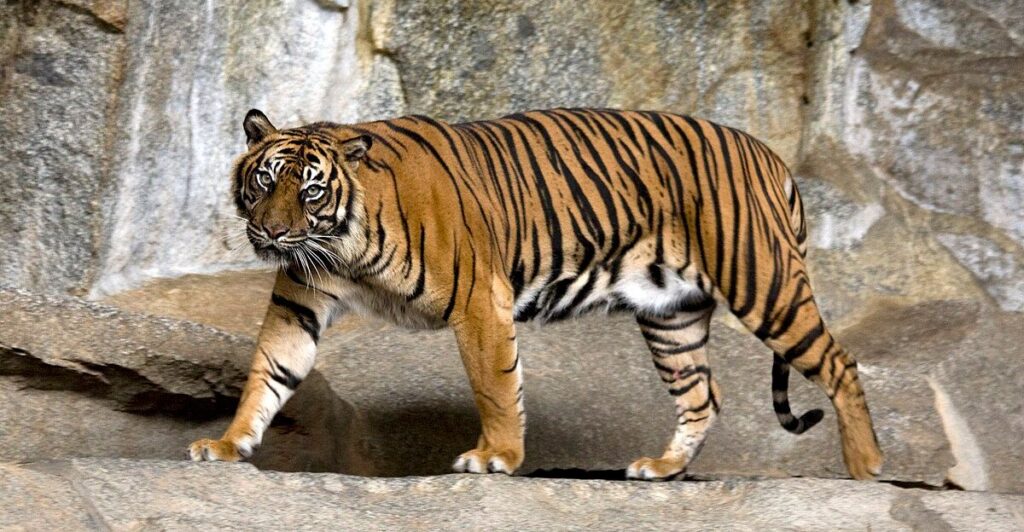
West of the Wallace Line, the islands of Sumatra, Java, and Borneo teem with animals typical of mainland Asia. Here, you’ll find Sumatran tigers, clouded leopards, Asian elephants, orangutans, and sun bears. These species reflect millions of years of shared evolution with the Asian continent.
4. The Australian Wildlife East of the Line
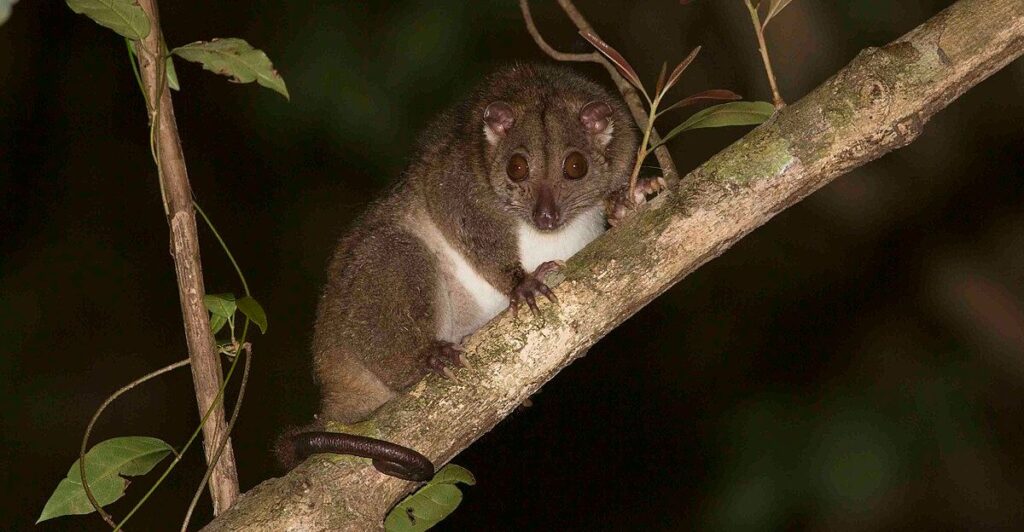
East of the Wallace Line, the islands of Sulawesi, Lombok, and the Moluccas tell a different story. Here, you won’t find large land mammals like tigers or elephants. Instead, you encounter marsupials such as the cuscus, unique rodents like the babirusa (a wild pig with bizarre tusks), and birds like cockatoos and the maleo.
5. The Role of Deep-Sea Trenches
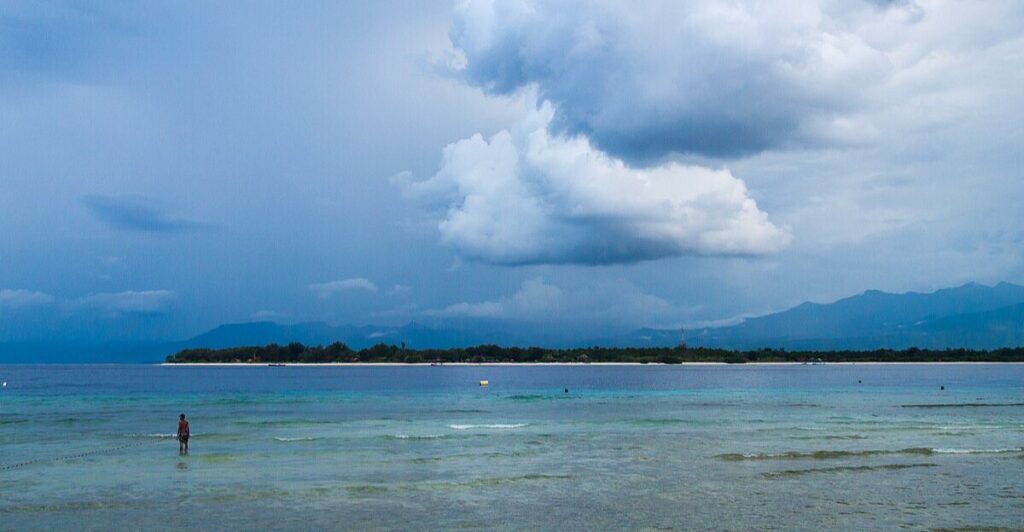
Why does the Wallace Line exist? The answer lies in geography. The Lombok Strait and the deep Makassar Strait form formidable oceanic barriers. During the concluding ice age, sea levels dropped, creating land bridges that connected many Indonesian islands to Asia. However, the Lombok and Makassar Straits remained submerged, acting as an impassable barrier.
6. Alfred Wallace’s Legacy and Impact on Science
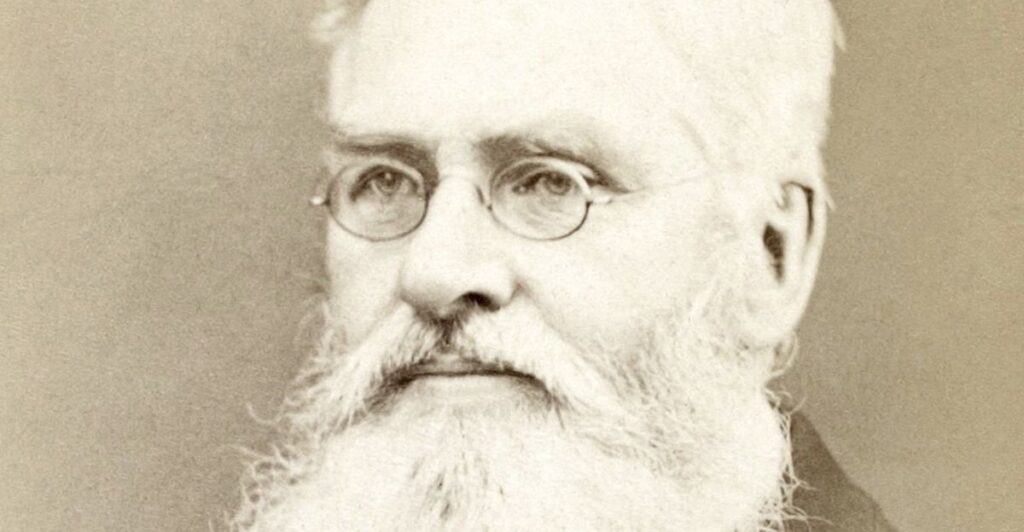
Alfred Russel Wallace’s observations of this biogeographical boundary were revolutionary. His work not only defined a clear divide between Asian and Australian species but also influenced Charles Darwin. In fact, Wallace independently formulated the theory of evolution by natural selection at almost the same time as Darwin.
7. The Wallace Line vs. the Weber and Lydekker Lines

While the Wallace Line marks a clear boundary, later scientists refined it. Max Weber’s Weber Line lies just east, showing a transitional zone where Asian and Australian species mix. Further east, the Lydekker Line defines the edge of the Australian region. These lines reveal a species gradient, which reflects Indonesia’s complex geography.
8. The Unique Hybrid Zone of Wallacea
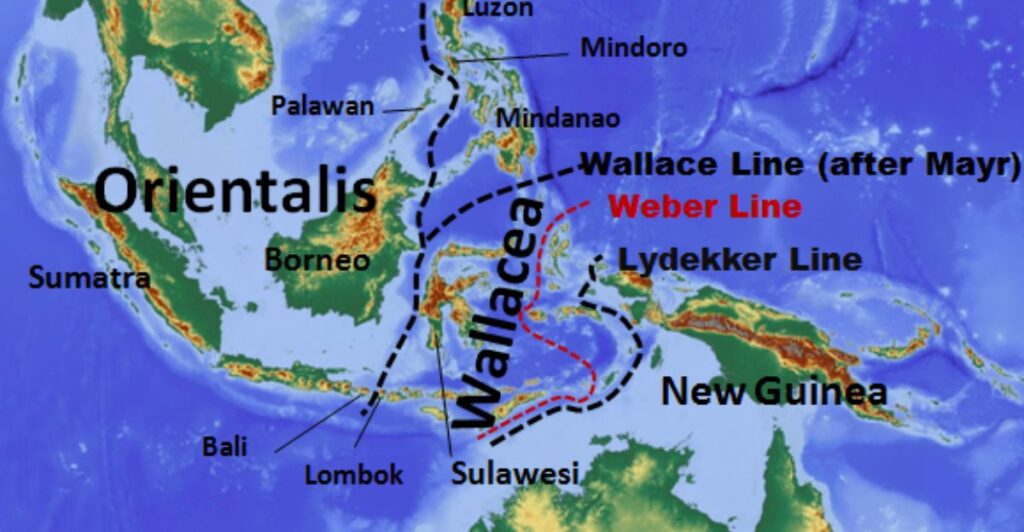
A fascinating region called Wallacea lies between the Wallace Line and the Lydekker Line. This zone includes islands like Sulawesi, the Moluccas, and the Lesser Sundas. Wallacea acts as a biological mixing ground where Asian and Australian species coexist. For example, Sulawesi hosts macaques (typical of Asia) alongside marsupials like the cuscus.
9. Strange Exceptions to the Wallace Line
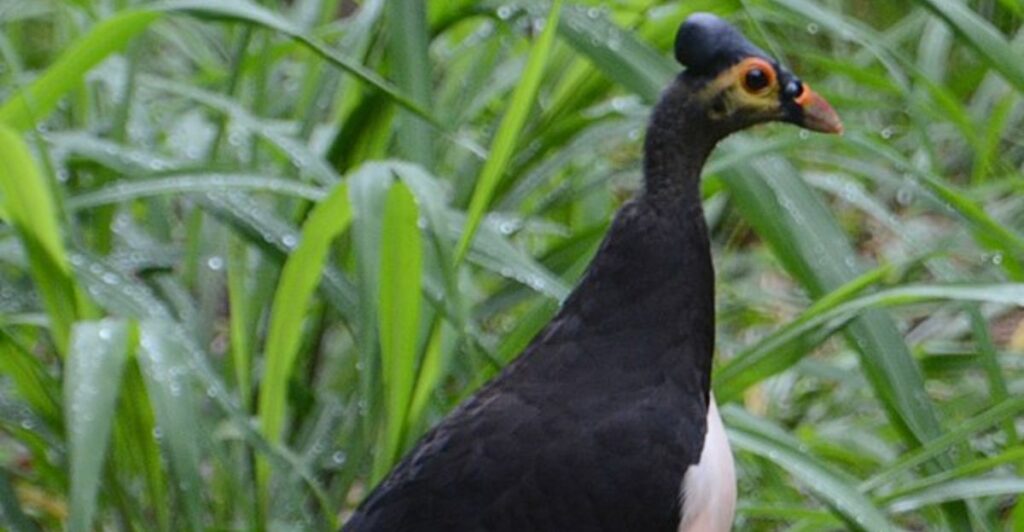
While the Wallace Line marks a clear divide, some species defy it. Birds and bats, which can fly across water barriers, blur the boundary. Like, the colorful maleo bird of Sulawesi shares traits with Asian species. Similarly, certain tarsiers — small primates — are found on both sides of the line, though their species differ.
10. How the Wallace Line Influences Conservation
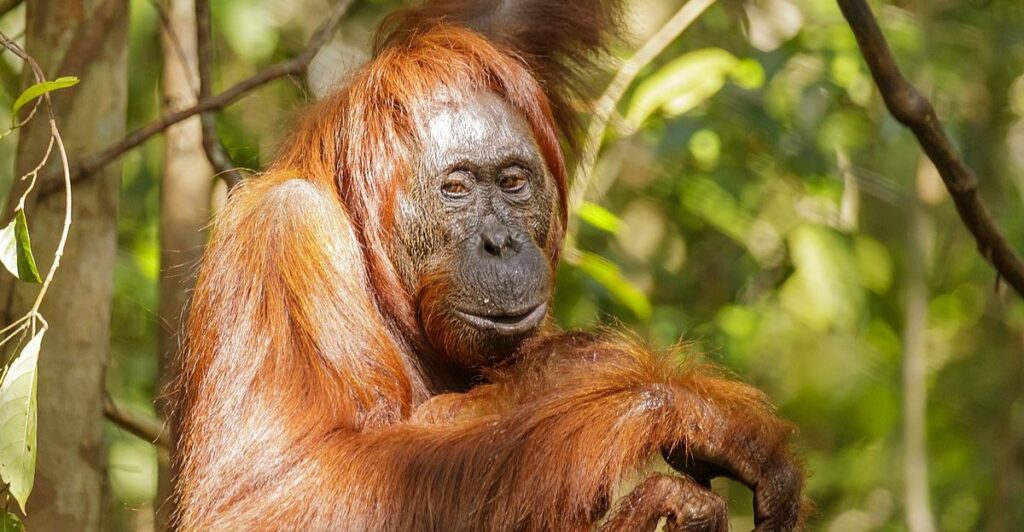
The Wallace Line isn’t just a historical curiosity — it informs modern conservation efforts. By understanding which species belong to which regions, conservationists can better protect endangered wildlife. Moreover, efforts to save orangutans in Borneo or marsupials in Sulawesi rely on recognizing these regions’ unique ecological needs.
11. The Wallace Line and Plate Tectonics
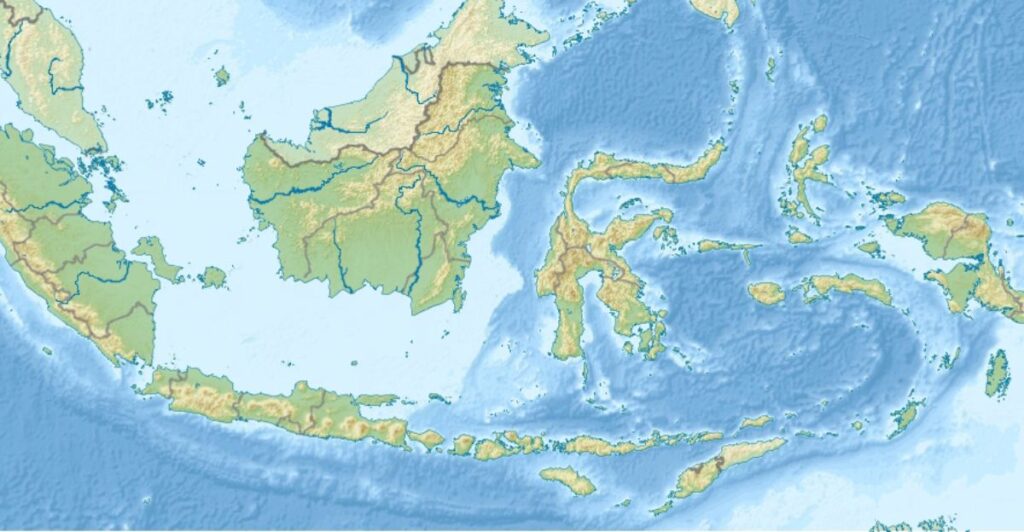
The existence of the Wallace Line is a result of plate tectonics. Millions of years ago, the Australian plate and the Eurasian plate drifted toward each other, creating the Indonesian archipelago. However, deep ocean trenches remained as barriers, preventing the mixing of land animals. Hence, the Wallace Line is a visible marker of Earth’s ever-shifting plates.
12. Exploring the Wallace Line Today
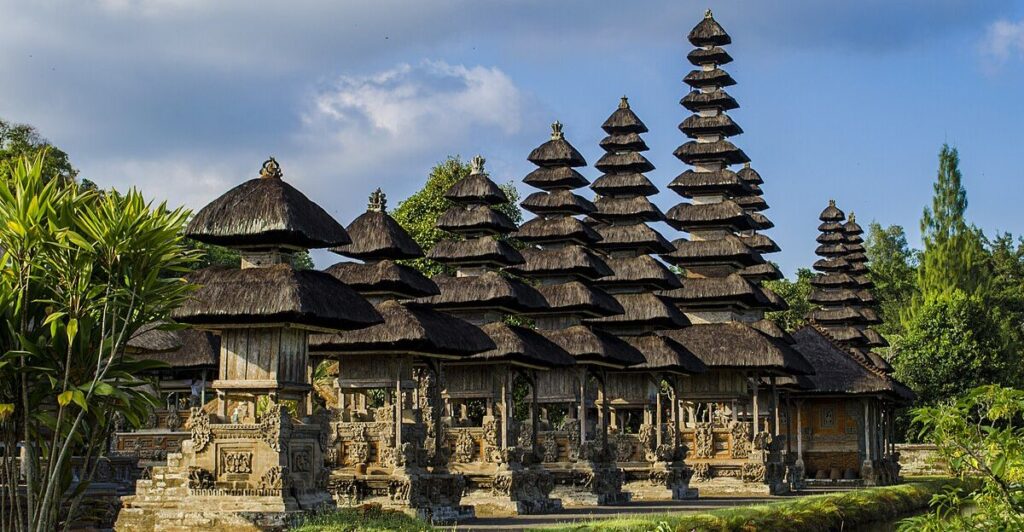
For adventurers and wildlife enthusiasts, tracing the Wallace Line offers a journey through two distinct worlds. Visit Bali and then cross to Lombok to see the sudden shift in wildlife. Explore Borneo’s rainforests for a glimpse of Asian megafauna, then head to Sulawesi for marsupials and exotic birds.
Stay connected with us for more stories like this! Follow us to get the latest updates or hit the Follow button at the top of this article, and let us know what you think by leaving your feedback below. We’d love to hear from you!







